 CIVILIZATIONS AFTER THE GREAT FLOOD
CIVILIZATIONS AFTER THE GREAT FLOOD
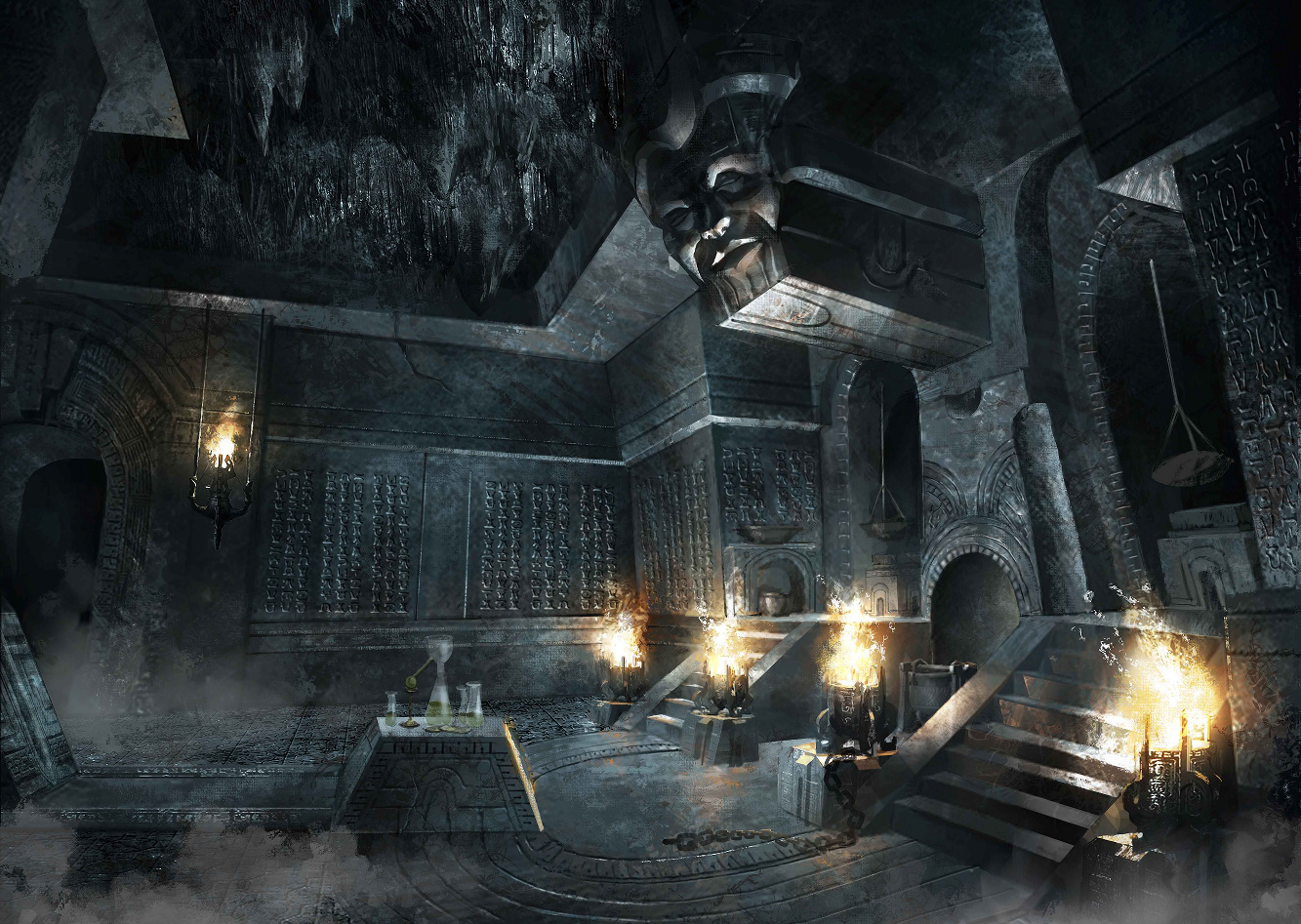 kingdom of valusia
pOST FLOOD civilization, dominated by the kingdoms of Kamelia,
Valusia, Verulia, Grondar, Thule and Commoria. These peoples spoke a
similar language, arguing a common origin. There were other kingdoms,
equally civilized, but inhabited by different, and apparently older
races
kingdom of valusia
pOST FLOOD civilization, dominated by the kingdoms of Kamelia,
Valusia, Verulia, Grondar, Thule and Commoria. These peoples spoke a
similar language, arguing a common origin. There were other kingdoms,
equally civilized, but inhabited by different, and apparently older
races
=========================================================
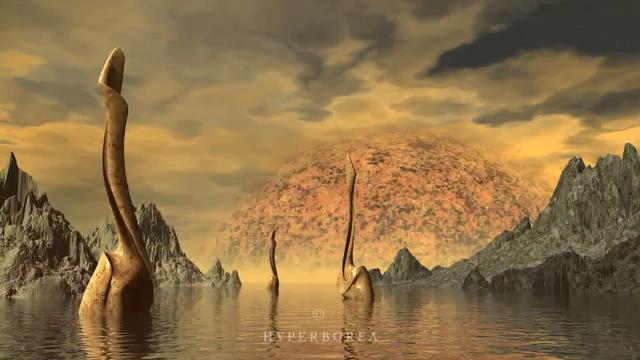 hyperborea
hyperborea
 HYPERBOREA MEANS THE LANDS NORTH AN BEYOND THE MOUNTAINS OF ARARAT
The children of Shem dwelt on the lands of Hyperborea near the lands of Koth and Ophir , The flood survivors established the kingdom is
called Stygia, and remnants of the olderlands they became known as the Hyperboreans They were drifting south, and as the population
increased this movement as agricultural farming became extensive.
==============================
HYPERBOREA MEANS THE LANDS NORTH AN BEYOND THE MOUNTAINS OF ARARAT
The children of Shem dwelt on the lands of Hyperborea near the lands of Koth and Ophir , The flood survivors established the kingdom is
called Stygia, and remnants of the olderlands they became known as the Hyperboreans They were drifting south, and as the population
increased this movement as agricultural farming became extensive.
==============================
 =========================
=========================
 kassites
The tale of the next thousand years is the tale of the rise of the
Hyperboreans and setlled south and they were known as Ailamites Kassites, Hatti, Arameans kingdoms were taking shape. To the soutwest werere the descendants of the Amorites evolving a civilization of their
own. To the south the Hyperboreans led by the descendants of Shem founded the kingdom of Koth, known as the Lands of Shem through the centuries theyretained the old name. Hyperborea a
kingdom of the Zhemri . To
the southwest, a tribe of Saka have invaded the fertile valley of
Zingg, conquered the agricultural people there, and settled among them.
This mixed race was in turn conquered later by a roving tribe of Hybori,
and from these mingled elements came the kingdom ofAthura
=======================
kassites
The tale of the next thousand years is the tale of the rise of the
Hyperboreans and setlled south and they were known as Ailamites Kassites, Hatti, Arameans kingdoms were taking shape. To the soutwest werere the descendants of the Amorites evolving a civilization of their
own. To the south the Hyperboreans led by the descendants of Shem founded the kingdom of Koth, known as the Lands of Shem through the centuries theyretained the old name. Hyperborea a
kingdom of the Zhemri . To
the southwest, a tribe of Saka have invaded the fertile valley of
Zingg, conquered the agricultural people there, and settled among them.
This mixed race was in turn conquered later by a roving tribe of Hybori,
and from these mingled elements came the kingdom ofAthura
=======================
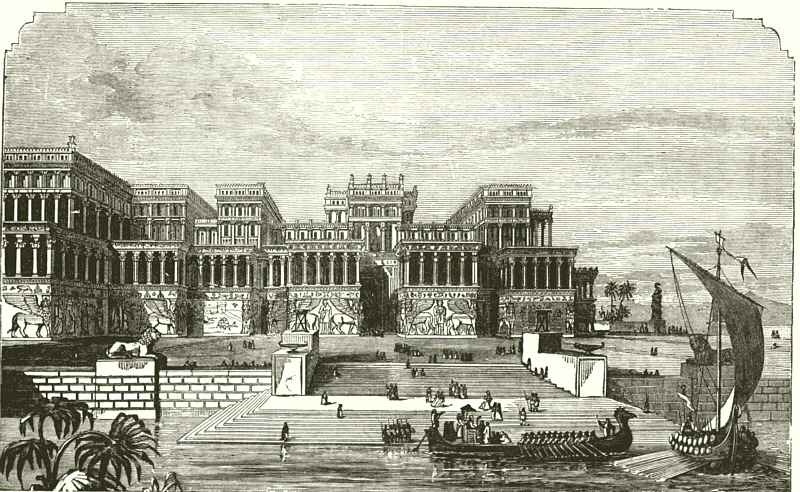 kingdom ofAthura(known as assyria)
=======================
kingdom ofAthura(known as assyria)
=======================
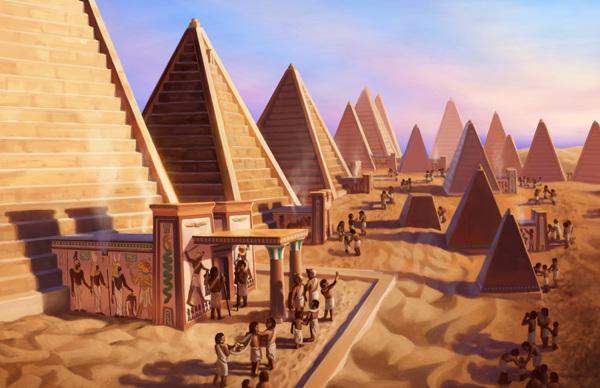 kingdom of kos (kish)
=======================
kingdom of kos (kish)
=======================
 kingdom of ophir (near india)
=======================
kingdom of ophir (near india)
=======================
 kingdom of argos
kingdom of argos

============================================
Five hundred years later the kingdoms of the world are clearly defined.
The kingdoms of the Hyperboreans—, Brythunia,
Hyperborea, Kos, Ophir, Argos,
Far to the south
sleeps Asshur, untouched by foreign invasion, but the peoples of Shem
have exchanged the yoke for the less galling one of Kos. The
dusky masters have been driven south of the great river Pishon, Nilus, or
Nile, which, flowing north from the shadowy hinterlands, turns almost at
right angles and flows almost due west through the pastoral meadowlands
of Shem, to empty into the great sea. , The
northern-most Hyperborean kingdom, are the Cimmerians, ferocious savages,
untamed by the invaders, but advancing rapidly because of contact with
them; they are the descendants of the Japhet , now progressing more
steadily than their old enemies the barabarianss, who dwell in the wilderness
west of the Don River
Another five centuries and the Hyborean peoples of Shem became the possessors of anAssyrian
civilization so virile that contact with it virtually snatched out of
the battles of savagery such tribes as the Ailamites. The most powerful
kingdom is Babylonia, but others vie with it in strength and mixed race;
the nearest to the ancient root-stock are the Kassites,
A man from Hyperporea called Arus became a chief of the tribes the he was the ancestor—of
Genghis Khan, Othman, Attila, a case
unique in the history of the men. Having learned the language Arus set
himself
expounded rights and justices . Arus was the
highest product of an innately artistic race, refined by centuries of
civilization;
 ARMENIA
Armenia was the western-most kingdom of the Thurian
Continent; India and Ophir eastern-most. East of Athura, whose people were
less highly cultured than those of their kindred kingdoms, stretched a
wild and barren expanse of forests . Among the less arid stretches of
desert, in the jungles, and among the mountains, lived scattered clans
and tribes of primitive savages. Far to the south there was a mysterious
civilization of Ophir of the so called Malayan kingdoms Champa, Java and Malukko Island kingdoms, with
which the Lemurians from time to time came in contact
ARMENIA
Armenia was the western-most kingdom of the Thurian
Continent; India and Ophir eastern-most. East of Athura, whose people were
less highly cultured than those of their kindred kingdoms, stretched a
wild and barren expanse of forests . Among the less arid stretches of
desert, in the jungles, and among the mountains, lived scattered clans
and tribes of primitive savages. Far to the south there was a mysterious
civilization of Ophir of the so called Malayan kingdoms Champa, Java and Malukko Island kingdoms, with
which the Lemurians from time to time came in contact
.jpg) ancient cimmerians
Meanwhile the Cimmerians, wandering southeastward, destroyed the ancient
Hyrkanian kingdom of Turan, and settled on the southwestern shores of
the inland sea. The power of the eastern conquerors was broken. Before
the attacks of the Nordheimir and the Cimmerians, they destroyed all
their cities, butchered such captives as were not fit to make the long
march, and then, herding thousands of slaves before them, rode back into
the mysterious east, skirting the northern edge of the sea, and
vanishing from western history, until they rode out of the east again,
thousands of years later, as Huns, Mongols, Tatars and Turks. With them
in their retreat went thousands of Zamorians and Zingarans, who were
settled together far to the east, formed a mixed race, and emerged ages
afterward as gypsies
ancient cimmerians
Meanwhile the Cimmerians, wandering southeastward, destroyed the ancient
Hyrkanian kingdom of Turan, and settled on the southwestern shores of
the inland sea. The power of the eastern conquerors was broken. Before
the attacks of the Nordheimir and the Cimmerians, they destroyed all
their cities, butchered such captives as were not fit to make the long
march, and then, herding thousands of slaves before them, rode back into
the mysterious east, skirting the northern edge of the sea, and
vanishing from western history, until they rode out of the east again,
thousands of years later, as Huns, Mongols, Tatars and Turks. With them
in their retreat went thousands of Zamorians and Zingarans, who were
settled together far to the east, formed a mixed race, and emerged ages
afterward as gypsies
==============================================================
OLD babylon CHALDEAN AND ASSYRIAN MONARCHIES
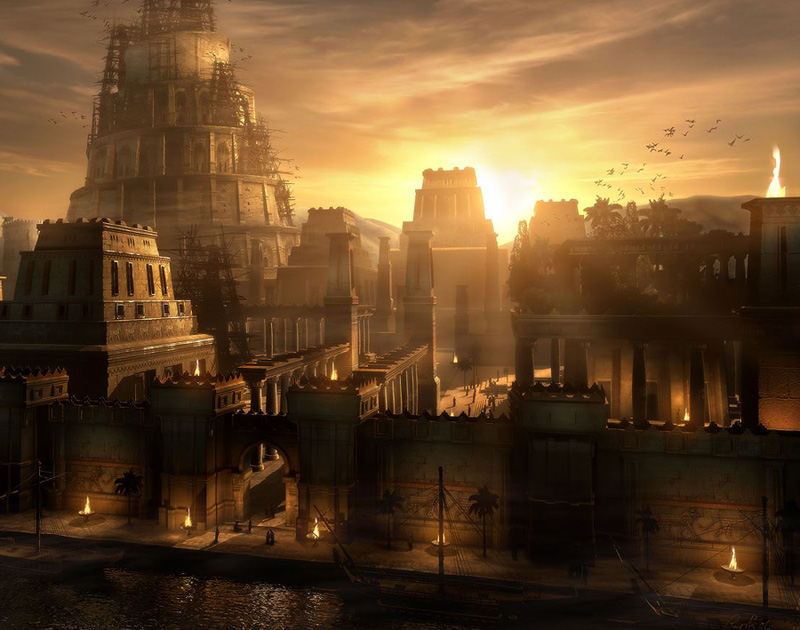
On a great plain, four hundred miles in length and one
hundred miles in width, forming the valley of the
Euphrates, bounded on the north by Mesopotamia,
on the east by the Tigris, on the south by the Persian
Gulf, and on the west by the Syrian Desert, was established,
at a very early period, the Babylonian monarchy.
This plain, or valley, contains about twenty-three thousand
square miles, equal to the Grecian territories. It was destitute
of all striking natural features—furnishing an unbroken
horizon. The only interruptions to the view on this level
plain were sand-hills and the embankments of the river. The
river, like the Nile, is subject to inundations, though less
regular than the Nile, and this, of course, deposits a rich alluvial
soil. The climate in summer is intensely hot, and in
winter mild and genial. Wheat here is indigenous, and the
vine and other fruits abound in rich luxuriance. The land
was as rich as the valley of the Nile, and was favorable to
flocks and herds. The river was stocked with fish, and
every means of an easy subsistence was afforded.
Into this goodly land a migration from Armenia - the prineval seat of mancame at a period when history begins . Nimrod gained an ascendancy over the old settlers and supplanted them - the Cushites the family of Ham and not the family of Shem. The beginning of the kingdom of Nimrod was Babel erected in 2334 BC The first king of the new dynasty was Chwdorlaomer who extended Babylon territories to Palestine His encounters with the kings of Sodom and Gomorrah in the vale of Siddim tributary princes until he was killed by the army of Abraham this story was told in Genesis chapter 14. Thus the end of Babylonian conquests to Palestine beyond the Syrian desert . From his alliance however with the Tidal king of nations and Arioch kinG OF Ellasar ( called city of Unug) Thi precipitates the entry of the descendants of Shem

KINGDOM OF UUNUG
 ASSHUR SON OF SHEM
ASSHUR SON OF SHEM
Asshur Gen 10:11 son of Shem built nineveh on the Tigris Nineveh was ruled by a viceroy of the Bbabylonian king which makes the dynasty of Assyria filled wi the descendants of Shem since the kingdom of Asshur originated from the king of Babylon Thus Nimrod called Ninus the viceroy revolted from the king of Babylon overruns Armenia as far as Tanais He subdued the kindom of Madai Then a war broke out of Assyria against India
Sammurautthe former queen of Babylon who was exciled to Egypt for a long time led the war against india . her courage wins the love of Ninus and she became his wife but her war on |india was futile.She was defeated
Belus became king of Babylon from 1272 - 747 B"C Shalmanezer one of the princes of Assyria added babylonia as part of Assyria Then Tiglath Pileser became king of Assyria

His son Sennacherib became king bin 702 BC After the reign of Sennacherib Assyrian Empire declined
The decline of this great monarchy was so rapid and
complete, that even Nineveh, the capital city, was blotted out
of existence. No traces of it remained in the
time of Herodotus, and it is only from recent excavations
that its site is known. Still, it must have been
a great city. The eastern wall of it, as it now appears
from the excavations, is fifteen thousand nine hundred feet
(about three miles); but the city probably included vast
suburbs, with fortified towers, so as to have been equal to
four hundred and eighty stadias in circumference, or sixty
miles—the three days' journey of Jonah. It is supposed,
with the suburbs, to have contained five hundred thousand
[pg 086]
people. The palaces of the great were large and magnificent;
but the dwellings of the people were mean, built
of brick dried in the sun. The palaces consisted of a
large number of chambers around a central hall,
open to the sky, since no pillars are found necessary
to support a roof. No traces of windows are found
in the walls, which were lined with slabs of coarse marble,
with cuneiform inscriptions. The façade of the palaces we
know little about, except that the entrances to them were
lined by groups of colossal bulls. These are sculptured with
considerable spirit, but art, in the sense that the Greeks
understood it, did not exist. In the ordinary appliances of
life the Assyrians were probably on a par with the Egyptians;
but they were debased by savage passions and degrading
superstitions. They have left nothing for subsequent
ages to use. Nothing which has contributed to civilization
remains of their existence. They have furnished no models
of literature, art, or government.
While Nineveh was rising to greatness, Babylon was
under an eclipse, and thus lasted six hundred and fifty years.
It was in the year 1273 that this eclipse began. But a great
change took place in the era of Narbonassar, B.C.
747, when Babylon threatened to secure its independence,
and which subsequently compelled Esar-Haddon,
the Assyrian monarch, to assume, in his own person, the
government of Babylon, B.C. 680.
In 625 B.C. the old Chaldeans recovered their political
importance, probably by an alliance with the Medes, and
Nabopolassar obtained undisputed possession of
Babylon, and founded a short but brilliant dynasty.
He obtained a share of the captives of Nineveh, and
increased the population of his capital. His son, Nebuchadnezzar,
was sent as general against the Egyptians, and
defeated their king, Neko, reconquered all the lands bordering
on Egypt, and received the submission of Jehoiakim, of Jerusalem.
The death of Nabopolassar recalled his son to Babylon,
and his great reign began B.C. 604.
It was he who enlarged the capital to so great an extent
that he may almost be said to have built it. It was in the
form of a square, on both banks of the Euphrates,
forty-eight miles in circuit, according to Herodotus,
with an area of two hundred square miles—large enough
to support a considerable population by agriculture alone.
The walls of this city, if we accept the testimony of Herodotus,
were three hundred and fifty feet high, and eighty-seven
feet thick, and were strengthened by two hundred
and fifty towers, and pierced with one hundred gates of
brass. The river was lined by quays, and the two parts of
the city were united by a stone bridge, at each end of
which was a fortified palace. The greatest work of the
royal architect was the new palace, with the adjoining
hanging garden—a series of terraces to
resemble hills, to please his Median queen. This palace,
with the garden, was eight miles in circumference, and
splendidly decorated with statues of men and animals. Here
the mighty monarch, after his great military expeditions,
solaced himself, and dreamed of omnipotence, until a sudden
stroke of madness—that form which causes a man to mistake
himself for a brute animal—sent him from his luxurious halls
into the gardens he had planted. His madness lasted seven
years, and he died, after a reign of forty-three years, B.C.
561, and Evil-Merodach, his son, reigned in his stead.
He was put to death two years after, for lawlessness and
intemperance, and was succeeded by his brother-in-law and
murderer, Neriglissar. So rapid was the decline of the
monarchy, that after a few brief reigns Babylon
was entered by the army of Cyrus, and the last
king, Bil-shar-utzur, or Bilshassar, associated with his father
Nabonadius, was slain, B.C. 538. Thus ended the Chaldean
monarchy, seventeen hundred and ninety-six years after the
building of Babel by Nimrod, according to the chronology
it is most convenient to assume.
 CIVILIZATIONS AFTER THE GREAT FLOOD
CIVILIZATIONS AFTER THE GREAT FLOOD kingdom of valusia
kingdom of valusia 





.jpg)


 ASSHUR SON OF SHEM
ASSHUR SON OF SHEM
Walang komento:
Mag-post ng isang Komento